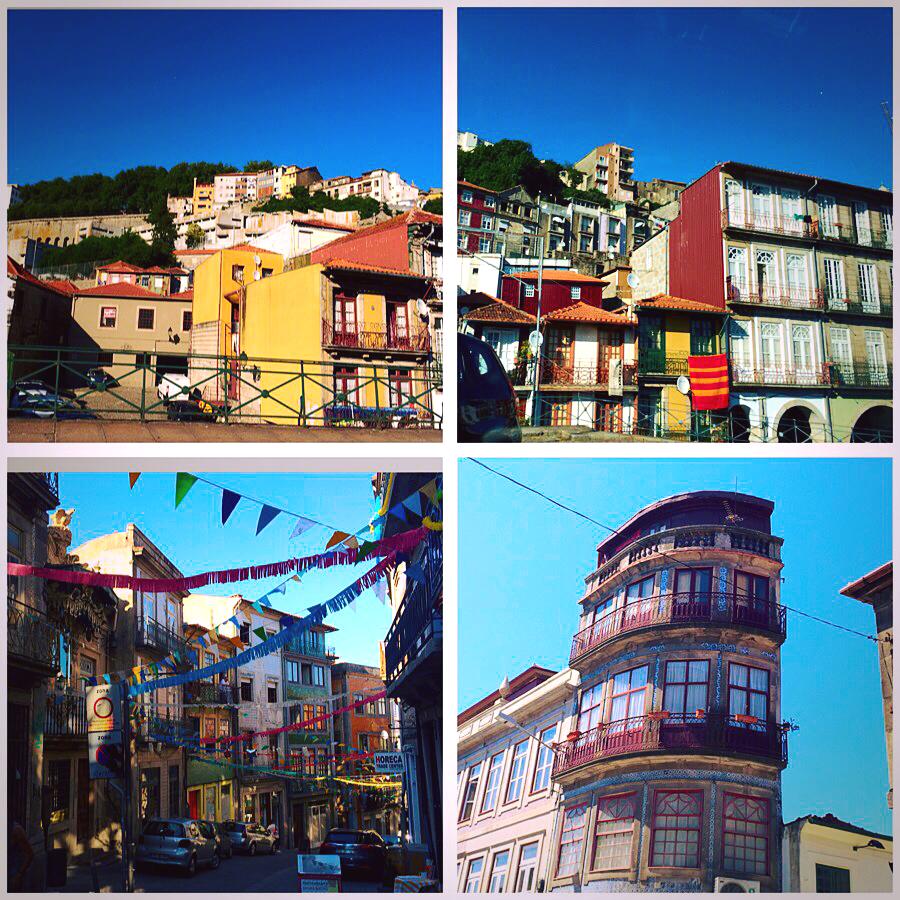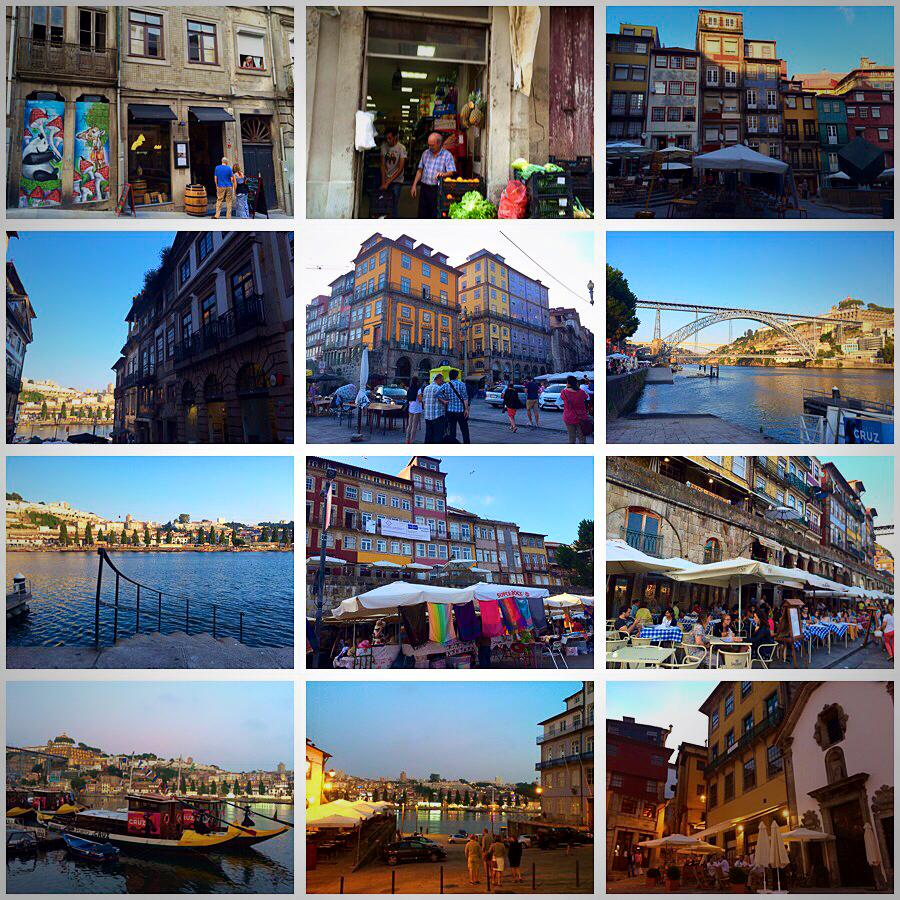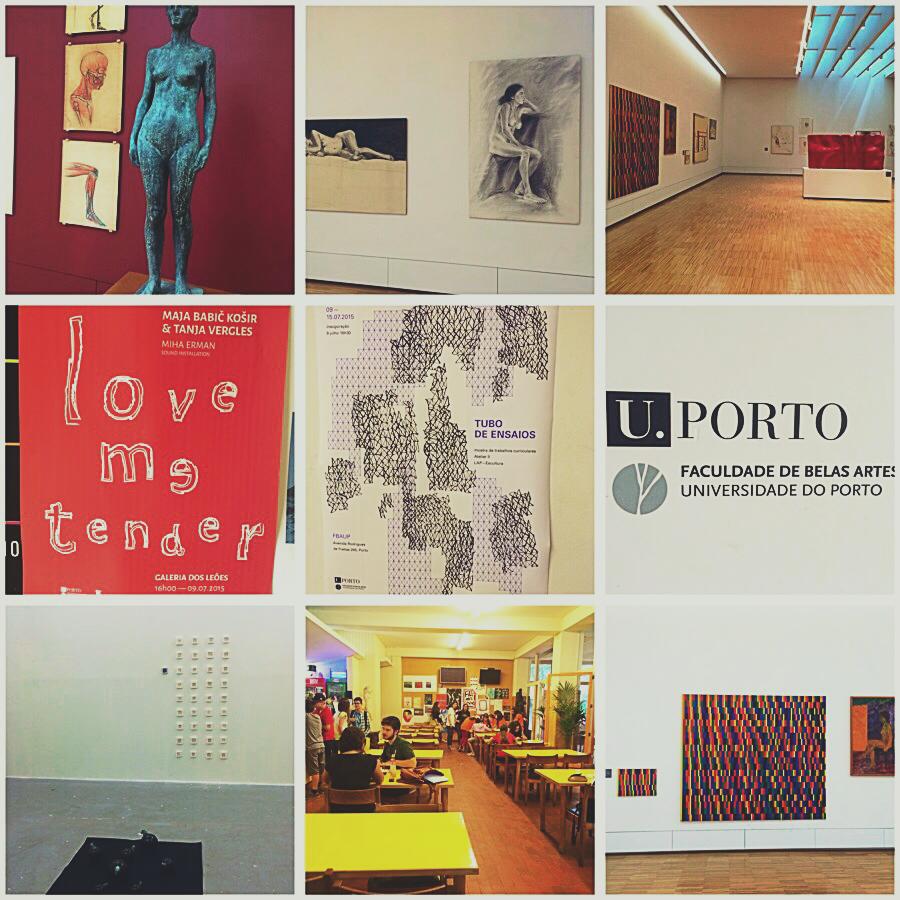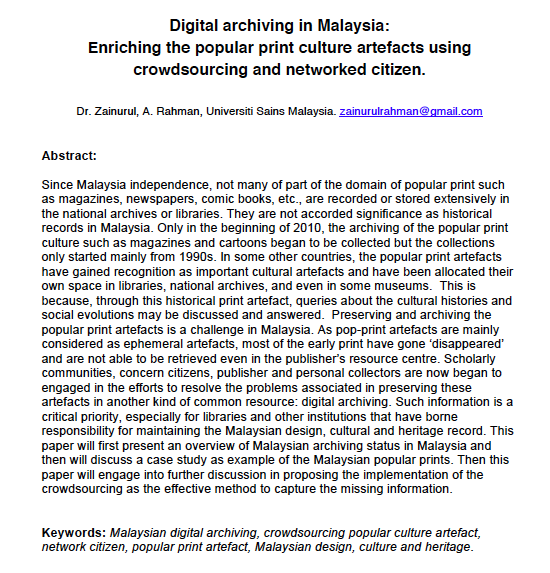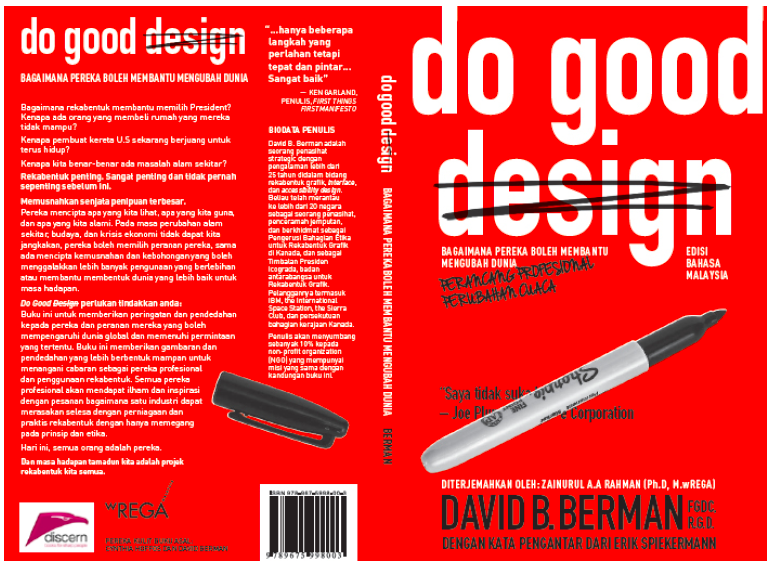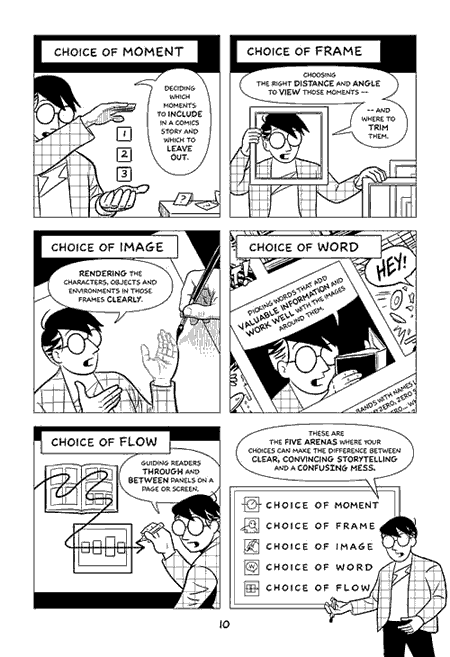It has been a long while since I logged in and put my thoughts here. I took a long break from putting some entries on this blog to focus on finishing my PhD’s corrections and then took a break from study and related. I used my time to read books (not directly related to my PhD) that I bought and been eager to read since I started my PhD. I have read several so far and lots more waiting to be read on the shelves. I also allocated that time to visits some places around Australia, around Victoria, Sydney, Adelaide and Cairns, a short break holiday, and the first one that I am able to fully enjoy with an empty head without my PhD since I submitted the correction. Apart from that, I enjoy my time cooking different types of cuisine and of course, enjoy eating it with my sweetheart. That was such a relief! I was not able to imaging the sense of liberty that I am feeling now before I submitted the work. Now, I am truly free from it.
Since then, I realised that I have not logged into my blog for couple of months. And for the first time since I have started this blog in 2006, I missed the very first one month entry, last month in February. But let’s take it as my holiday month and a gift for my final correction submission of my PhD.
I feel like I am opening a new book, and have closed the last one that I started in 2006. Thus, I am thinking that this time in my blog writing or ranting, I will write something a bit different, still about design teaching and practices, cultural history, etc., but I hope to be able to be more reflective and critical on what I post here. Oh, yes, there might be new ideas, thoughts and perhaps comments on people’s work, but I hope that this idea will be a shared knowledge and if anyone interested to apply or adopt the ideas that I published in this blog, you will at least ask for my permission and then put the credit to it. Let’s be an ethical human being, and designer shall we.
I am keen and interested in agriculture nowadays, perhaps because both me and my partner enjoy eating tasty food made with love and fresh, healthy ingredients. Slowly I am growing some herbs in my balcony, when more often to the farmers market than a supermarket and from time to time, enjoy eating at a delicious fresh food restaurant. Yes, there’s plenty of them in Melbourne. We were a bit disappointed when we were in Cairns in the beginning of our trip there, but we managed to find some of the lovely delicious place to eat. And for the price, I can tell you that it’s worth to try. Anyway, yes, agriculture, and sustainability in agriculture that interest me.
My last trip in Malaysia, a couple of months ago, again had opened up my eyes. Living here for almost 8 years in Melbourne, I think like many Melbournian, we take things for granted. Yes, we are grateful that we are able to get good farmers markets and organic products here but, it is not until we travels around to other places that we soon will realised that we are such a lucky community.But this is for people who love to cook and prepare their own cuisine. The local ingredient are fresh and cheap compare to it you eating out everyday. With this experience in my mind, I went back to my birth place with open mind and hope that I will be able to find similar experience in Penang.
On my last trip in Malaysia, I spent my time in Penang, an island also known as the Pearl of Orient by the Frnacis Light, a British officer who govern the island before the independent of Malaysia. Apart from enjoying the delicious cuisine that I could get for very cheap price in Penang, such as all day snack of nasi lemak (coconut rice wrapped in banana leave, served with fried anchovies and peanuts, cooked chili paste, half boiled eggs and slices of cucumbers) and nasi kandar, an indian Muslim influence from Northern India style of cuisine (plain or briyani rice served with your own selection of dishes that you can choose from the shelves, such as different type of curry, vegetable and fried fish and chicken). Now the list does not stop that, Penang people are blessed with other dishes such as Laksa Penang, Satay, Mee Kari, Pasembor, Mee Goreng Mamak, Cucur Udang and so on. Penang is a wonderful place if you like to eat, and love eating out. Cheap and tasty food. It is know as the Malaysian Food Heaven because it is full with hawker style, shops and restaurant that served good food. To the extend I actually make my long list of different style of cuisine that I wanted to eat while I was there.
But after a while, I got sick of eating out and wanted to cook again. My search moved from food stalls to markets to look for local ingredients that I can use in my cooking. There are plenty and enough to start with but the freshness and the taste of the fresh products sold in the market or event in supermarket is far compare to Melbourne. Far in this sense is that yes, there are some ingredients that you can get there but the are now as good or tasty as the one I have eaten here in Melbourne. For example, the tomato taste plain, the sweetness and the delicious sour taste of tomato is not there, and I believe it is an industrial way of producing this tomato. That is sad because if you want to cook, from fresh ingredients the ingredients needs to be at their very best state, otherwise it will change the taste of the dish that you cook. And the same goes with other vegetables, fruits, meat, seafood etc. But after a while of searching I found several places that tried to sell the good fresh, organic ingredients, thank God! But seriously, I think we can do better Malaysia, we need good food, healthy food. I remember a friend of my Nora was telling me how she hated tomato and other vegetables when she was in Malaysia. Nora is currently living in Melbourne and she have discovered the delicious taste of tomato, fruits and vegetables. She didn’t realised that the fresh ingredients can be so tasty and delicious. My answer to that is, not many places sells fresh and organic produced vegetable in Malaysia, therefore we (Malaysian) are only expose to the not so good products, but because we didn’t have the option, we just take it as it is. I think this is another design challenge for fellow Malaysian. How can we facilitates the process of sustai
Does this mean that cultural identity did not exist until the globalization arrived? Why is it a product of globalization? John Tomlinson argued that the cultural identity is a product of globalization than a victim. I would like to discuss only on this topic further.f
What makes each one of us want to appear differently in a society and why?
These days, it seems like everyone is searching for singularity, differences, authenticity and uniqueness in any kind of products. It could be fashion, places, language, design and even countries. It used to be a marketing strategies to differentiate each product with other as a way to sell the product, and now days this methodsis been used in any areas.
Why? Because there is an impact.
I had this discussion with Xavier after reading a book chapter from John Tomlinson
It is a regular discussion that I had with Laurene and I cannot see why she seldom disagreed with the idea that each country is unique in their owns different ways. Or perhaps I did not see what she was trying to say. Are we talking on the same thing or we both agree and disagree on different topic? I argued that the uniqueness does exist through the connection between people with object, places, space, weather, etc. Somehow there is some kind of emotional connection happen in between that makes one felt special and unique of the object, places or space. One who visited Paris will said that no other place like Paris because of the cuisine, Eiffel tower, language etc. Paris is unique in some ways comparing to other city. Others might disagree with it and said that Sydney is unique in one eyes because of the Sydney harbour, food, weather and people. Looking at both with experiencing each places, one could not said that its unique. It relates with emotion and the kind of experience that one got through with others, objects and places.
But what Laurene might means when she said that there is no uniqueness in identity in my research, she might be referring to the advertisements and womans magazine cover I had from Malaysia. Indeed looking at the printed artefact doesnt demonstrate the idea of uniqueness. There no such thing as uniqueness if there is no experience connected to it. Is that what Laurene mean? And no, Im not trying to defend my personal feeling here but what I think about it in relation to my research.
In relation to the notion of uniqueness…
~
Thanks. Hmmm…..Responding to what you wrote “what you think is unique for you, you then find out is unique for others.”
Indeed, that after all it is not more as unique as because as you mentioned that unique usually implies one. But unique also implies being one of its kind and original. But it could go the opposite such as it would be unique for one but not for others. In this case it could be called unique.
In relation to the notion of uniqueness in my research, in the context of Malaysia, like any other country the people will find it unique as most of them have experience and memory that relates to the country/place/object etc. I cannot say that the notion of uniqueness does not exist in identity, because there do exist and I strongly think that the notion of uniqueness do contribute heavily in the creation of identity.



